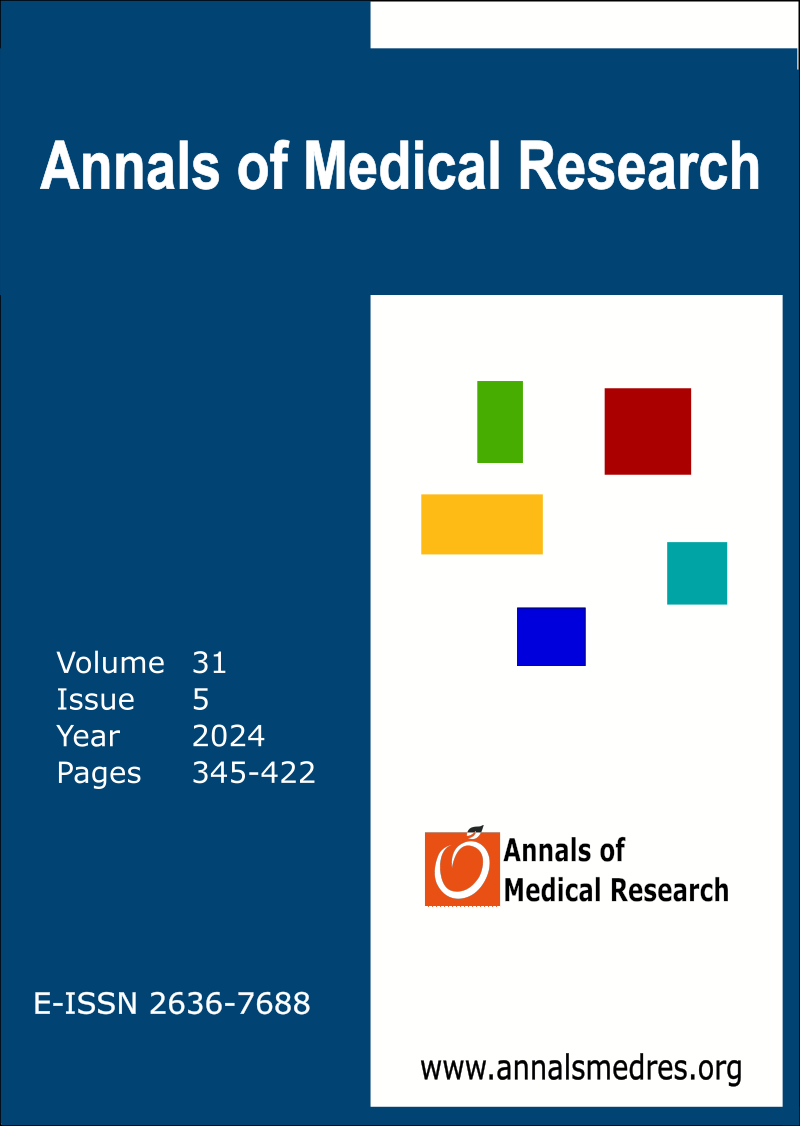Comparative analysis of third-generation intramedullary nails: Retrospective evaluation of PFNA and intertan nails in unstable trochanteric fractures
Keywords:
Hip fracture, PFN, Pertrochanteric, IntertrochantericAbstract
Aim: The aim of this study is to retrospectively compare the outcomes of two different third-generation intramedullary nails, PFNA (Proximal Femoral Nail Antirotation) and Intertan, used in unstable trochanteric fractures in the geriatric population.
Materials and Methods: Our study included 85 patients aged 65 and older who underwent surgery for unstable intertrochanteric fractures at a single center between September 2021 and September 2023. Patients were divided into two groups based on the type of proximal femoral nail (PFN) used: the PFNA group and the Intertan group. These two groups were compared in terms of age, gender, operation duration, length of hospital stay, Harris hip scores, union rates, reoperation rates, and radiological parameters (reduction quality, Tip Apex Distance (TAD), Parker index (PI), collodiaphyseal angle (CAD)).
Results: There were no significant differences between the groups in terms of age, gender, length of hospital stay, Harris hip scores, reoperation rates, and radiological parameters (reduction quality, TAD, PI, CAD). However, the union rate was significantly higher in the Intertan group compared to the PFNA group (p=0.008). Additionally, the operation duration was significantly shorter in the PFNA group compared to the Intertan group (p=0.03).
Conclusion: In unstable trochanteric fractures, while PFNA nails may be more practical with appropriate reduction and implant positioning, Intertan nails provide a more rigid fixation and stabilization, resulting in higher union rates and lower risk of implant failure, making them implants that can be used safely.
Downloads
Published
Issue
Section
License
Copyright (c) 2024 Annals of Medical Research

This work is licensed under a Creative Commons Attribution-NonCommercial-NoDerivatives 4.0 International License.
CC Attribution-NonCommercial-NoDerivatives 4.0






